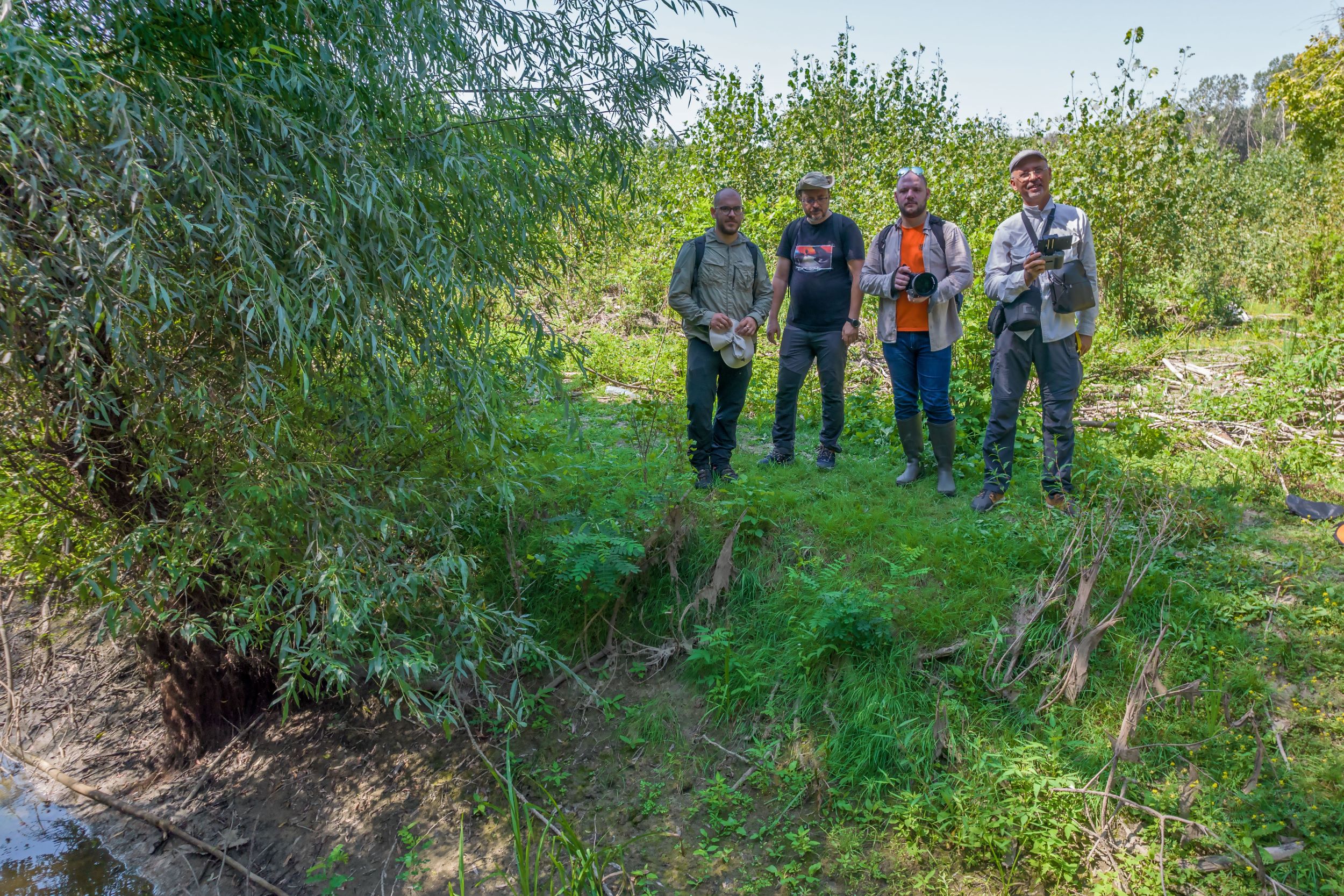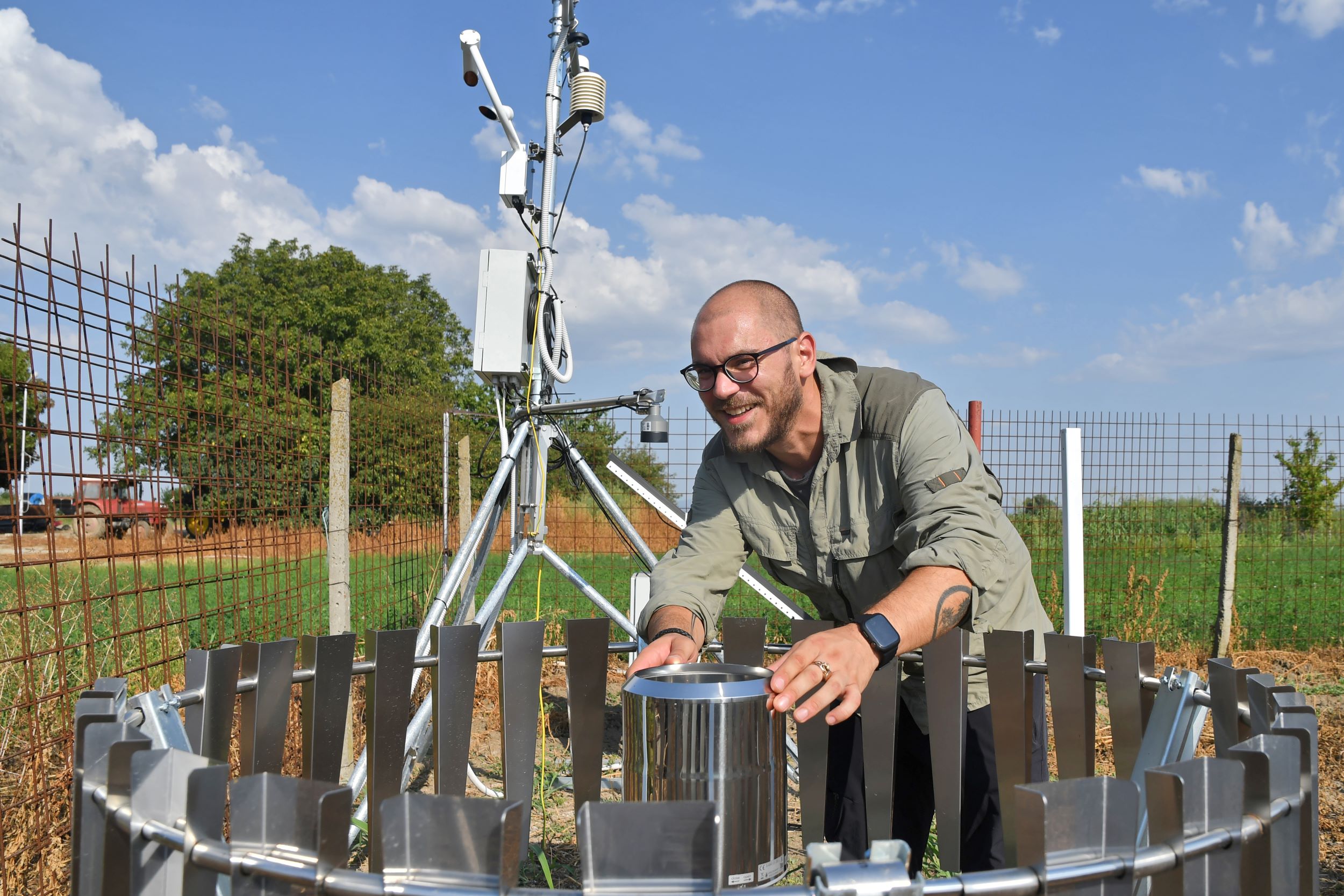Understanding the Bălțile Brăilei Research Platform - Romania’s Living Laboratory of Change
Welcome to the eLTER Sites & Platforms Series, in which we spotlight individual research stations across the Integrated European Long-Term Ecosystem, critical zone and socio-ecological Research Infrastructure (eLTER) and explore their distinct roles in long-term ecological and socio-ecological research.
In this piece, we turn our attention to Bălțile Brăilei, one of Romania’s key long-term study areas, where decades of scientific inquiry have tracked the evolving interplay between natural and human systems. Our guest is Cristian Mihai Adamescu, a senior scientist at the University of Bucharest, and since 2017, the Head of Research Center in Systems Ecology and Sustainability, and coordinator of Braila Research Station. He is also National Coordinator for LTER Romania. In this interview, we go deeper into the history, methodologies, and challenges of running long-term research at Bălțile Brăilei. We explore how this site interweaves human and ecological dynamics, how it has evolved through decades of pressure and change, and what lessons it holds for the future of integrative research in the eLTER network and beyond.
Let’s begin.
Dr. Adamescu, could you tell us a bit about the history of long-term ecological research in Romania?
In Romania, we have six long-term study areas. They were, from the beginning, designed as areas where socio-ecological research activities are carried out, because we are interested in both the social and the ecological aspects. Such an area, for example, is Bălțile Brăilei, where the relationship between social systems and ecological systems is observed and studied.
What kind of methods and collaborations are being used in this research?
We use a multitude of methods, and we have been open to collaborations with different entities, both nationally and internationally, to study the relationships that are established between social systems and ecological systems. And that's how transdisciplinary research also happens!
Tell us more about the Bălțile Brăilei station?
A collaboration in the Brăila area between many actors has been going on for more than 30 years. It began back in the 1970s and 1980s, before the ecological research station was established by Professor Botnariuc. Currently Bălțile Brăilei is one of the areas for which the University of Bucharest is responsible, together with the Danube Delta and the Neajlov Basin, where we collaborate with a multitude of entities, from research institutes to local actors. In Bălțile Brăilei we have been carrying out complex research activities, participating in various European projects in which we contribute together with other entities from the territory, providing information and data governed by the functioning of systems, both social and ecological.
 Photo: Mihai Adamescu (second on the left) and his colleague Tudor Racoviceanu (left) from LTER Romania with Kaloyan Konstantinov (second on the right) and Evgeni Dimitrov (right) from the eLTER grand campaign video team
Photo: Mihai Adamescu (second on the left) and his colleague Tudor Racoviceanu (left) from LTER Romania with Kaloyan Konstantinov (second on the right) and Evgeni Dimitrov (right) from the eLTER grand campaign video team
How do you monitor changes in the environment?
We have a series of sampling stations located in the field, which monitor different parameters, from climatic parameters to the operating parameters of ecological systems.
The Danube area has gone through big changes. How has that affected the research site?
The area has been subjected to intense social changes. It has made a transition — in fact, the area was massively dammed in the 1960s and 70s. The damming generated multiple transformations, both in terms of ecological and social systems. So, the types of ecosystem services, over time, have also transformed.
How did this transition change local livelihoods?
If we used to talk about wetland systems, now we are talking about agricultural systems that provide another category of ecosystem services for adjacent populations. The transition from natural systems to strongly transformed and anthropized systems, which took place in the 1960s and 1970s, was in fact the moment when the transition was made, with consequences for the ecosystem services provided by this area.
 Tudor Racoviceanu from LTER Romania on location at Braila Islands
Tudor Racoviceanu from LTER Romania on location at Braila Islands
Can you give an example of these changes in ecosystem services?
Before, the area provided a lot of services for the immediately adjacent local population, and in fact, the local population was dependent on these types of ecosystem services: from fish, reeds, animal husbandry, and other types of services. At this time, after the transformation of wetland systems into agricultural systems, we are now talking about an increased capacity to provide provisioning services — especially agricultural services and production.
Are there still natural or semi-natural areas within Bălțile Brăilei?
The part that still retains the characteristics of the former floodplain is an area that could become in the future a lot more dedicated to tourism activities, research, in particular for the restoration of areas, aquatic systems, or wetlands. These also support other categories of ecosystem services that are closely related to both the natural and anthropized parts.
For more information on LTSER Braila Islands, see here.
This interview is part of the eLTER Sites and Platforms series. Thank you to Cristian Mihai Adamescu, Tudor Constantin Racoviceanu and all our colleagues from LTER Romania!
Photo credit: Evgeny Dimitrov / eLTER